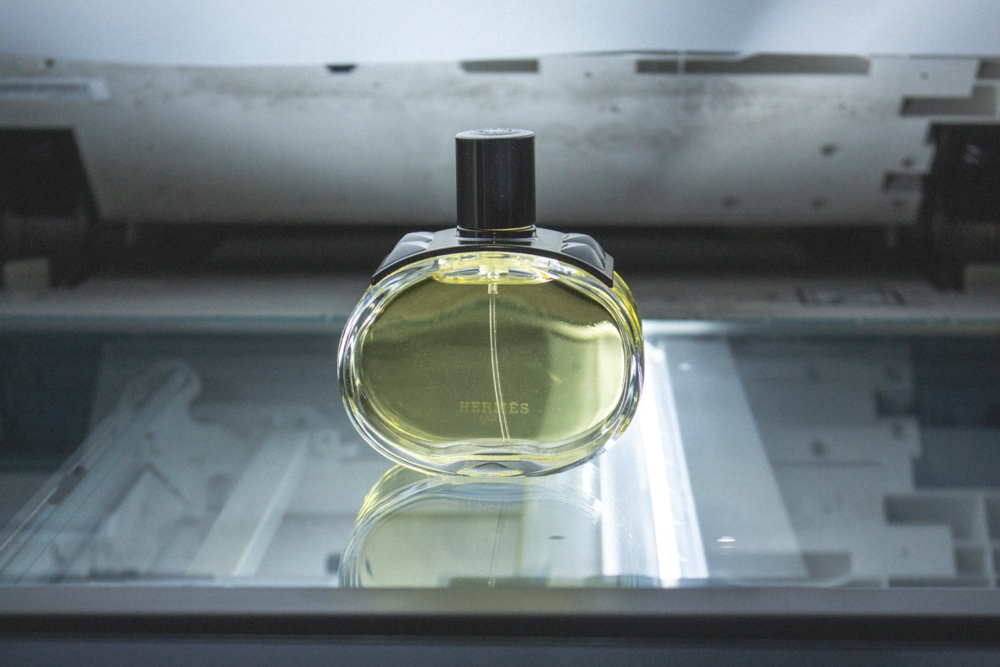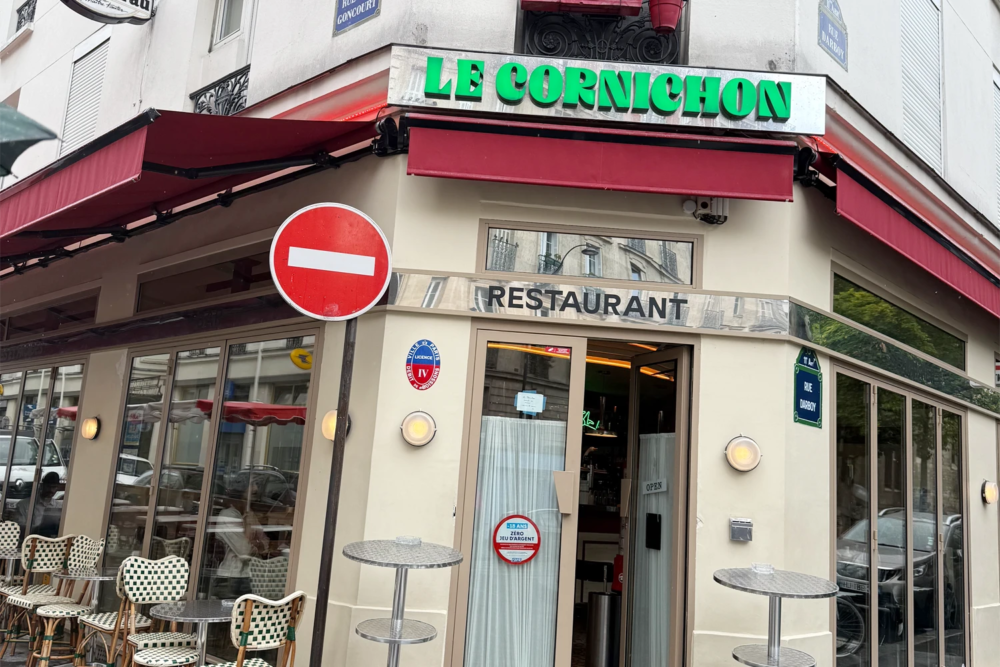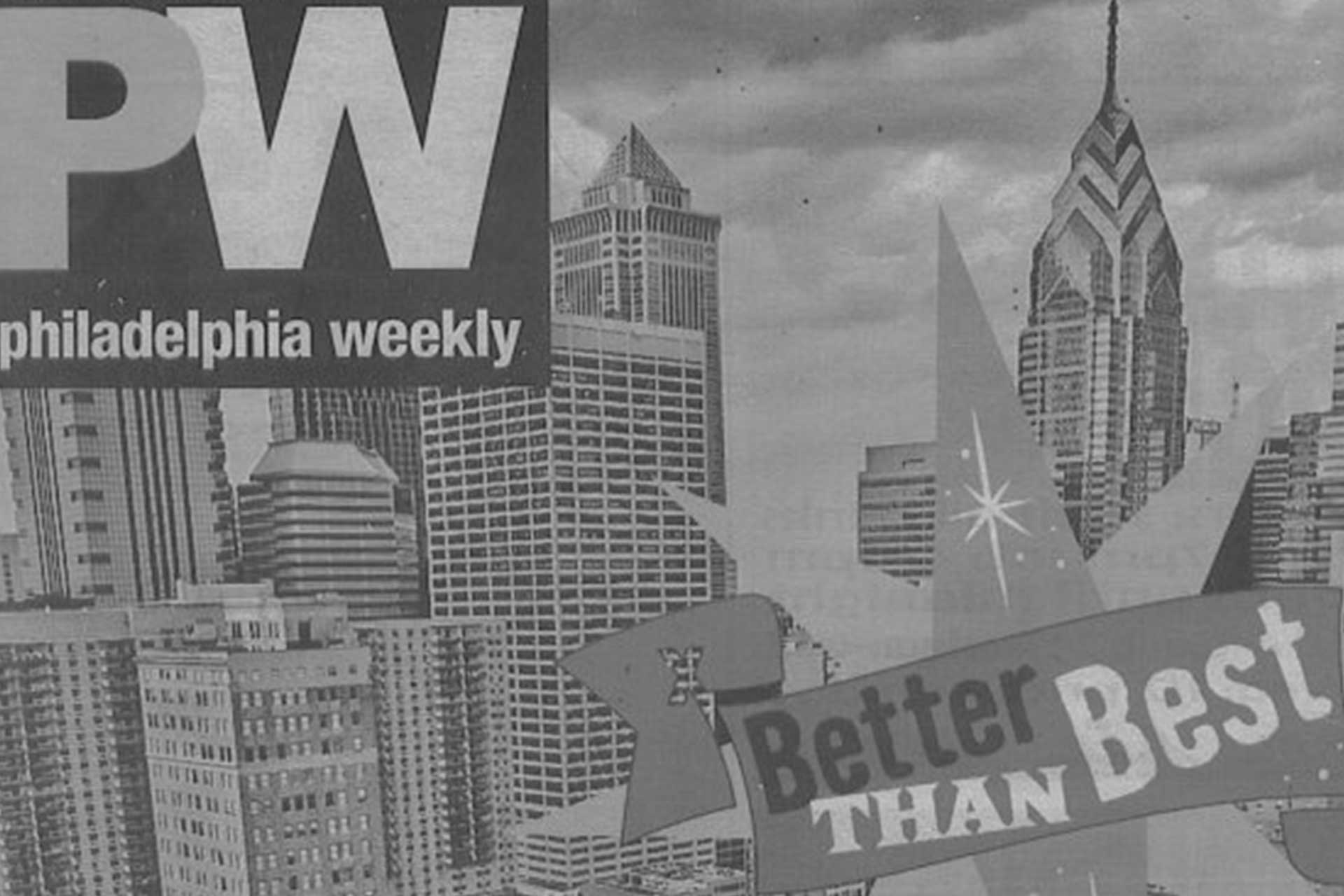
‘NOw/here’, at Pirelli HangarBicocca: a retrospective of Gian Maria Tosatti’s work
From 23 February until 13 July 2023, Pirelli HangarBicocca is hosting ‘NOw/here’, a personal exhibition by Roman artist Gian Maria Tosatti which will follow several upcoming shows
Pirelli HangarBicocca — art is for everyone
Established in 2004, Pirelli HangarBicocca is a non-profit foundation that aims to make art accessible to everyone through its production and promotion. Every year, the Milan-based art institution presents Italian and international artists solo shows, as well as cultural events, with each project conceived to fit and to work in close relation to the architecture of the complex, a former locomotive factory. As stated in its mission, the admission to the venue and to its shows is free of charge – it includes the presence of facilitators, to ease the connection between the audience and the art.
The 15,000 square metered space comprises an area for public services and educational activities, and three exhibition spaces whose original architectural features are still visible: the Shed, the Navate, and the Cubo. Moreover, alongside its program of exhibitions and parallel events, Pirelli HangarBicocca permanently houses one of Anselm Kiefer’s most significant site-specific works, The Seven Heavenly Palaces 2004-2015, commissioned for the opening of Pirelli HangarBicocca in 2004. From 23 February until the 13 July 2023, Pirelli HangarBicocca is hosting ‘NOw/here’, a personal exhibition by Roman artist Gian Maria Tosatti which will follow several upcoming shows.
Once upon a time Breda — The history of Pirelli HangarBicocca
The history of Pirelli HangarBicocca is strictly linked to Breda, a company founded in 1886 by the engineer Ernesto Breda, that in 1903 decided to move within the Bicocca district. In the new factory, Breda mainly manufactured railway carriages, electric and steam locomotives, boilers, farm machinery and equipment, and some products that were necessary during the First World War. One of these factory buildings was destined to become Pirelli HangarBicocca, which at that time was divided into blocks of different types, origin and size.
The ‘Shed’, a bare-brick factory building with double-pitched roof and large skylights, was a block dedicated to the manufactory of locomotives and farm machinery components.
In 1955, the growth of Breda went even further with the addition of a cubic barrel-vaulted building which is now the ‘Cubo’ exhibition space of Pirelli HangarBicocca. Meanwhile the building, consisting of a ‘nave’ and two aisles, that joins the Shed and the Cubo, which is today called ‘Navate’, was constructed between 1963 and 1965 for the transformers department.
The Ansaldo Group and Leopoldo Pirelli
In the early eighties, Breda was taken over by the Ansaldo Group and, almost simultaneously, the historic industrial areas slowly began to be decommissioned. Later on, the Bicocca district underwent changes for several years, with the creation of university buildings, administration centers and private housing around the Teatro degli Arcimboldi, as well as the Pirelli-Bicocca (formerly known as Ansaldo 17) redevelopment plan which was one of the biggest urban projects carried out in Milan for redeveloping the industrial area.
That plan was sponsored by Pirelli and its then chairman, Leopoldo Pirelli, which introduced a new concept of urban planning: the evolution from factories that made products to factories that produce ideas and knowledge, linking the company district to the surrounding urban neighborhood. The project started in 1988 when the Gregotti Associati studio won this international pitch that included the creation of a multipurpose, integrated technology center for Pirelli.
In 2004 Pirelli HangarBicocca was officially turned into the exhibition space for contemporary art as we know it nowadays.
The Seven Heavenly Palaces 2004-2015
Inside Pirelli HangarBicocca, specifically within the Navate section, visitors are able to see one site-specific installation that has been there as a permanent work since 2004, the year of the opening of the institution, ‘The Seven Heavenly Palaces’ by the German artist Anselm Kiefer. Based on a project by Lia Rumma, ‘The Seven Heavenly Palace’ was named after the palaces described in the ancient Hebrew treatise Sefer Hechalot, the ‘Book of Palaces/Sanctuaries’, which tells the symbolic path that people who want to become closer to God have to undertake.
The installation is composed by seven towers of different heights made of reinforced concrete and each tower’s levels are characterized by lead books and wedges, to further guarantee the static nature of the structure. The choice of the artist to use lead goes beyond a mere functional value, being this type of metal traditionally considered the material of melancholy.
Anselm Kiefer – ancient Hebrew religion
‘The Seven Heavenly Palaces’ can be seen as the peak of Anselm Kiefer’s entire artistic production, since this installation represents the synthesis of his main themes which are projected into a new timeless dimension. In fact, Kiefer’s work comprises the interpretation of ancient Hebrew religion, the representation of the ruins of Western Civilization after the Second World War and the projection into a possible future, reachable only by facing the present.
In order to enhance and enlarge the permanent installation, five large canvas — produced between 2009 and 2013 — started being displayed along with it, since September 2015. This additional exhibition, curated by the foundation’s artistic director Vicente Todolí and shown in the ‘Navate’ space, reconsiders and confers new meanings on the artist’s work that are key to his poetic vision, including the relationship between man and nature, and references to the history of ideas and of Western philosophy. These paintings, along with the towers, create a single installation entitled ‘The Seven Heavenly Palaces 2004-2015’.
[envira-gallery id=”123012″]
Pirelli HangarBicocca presents the NOw/here exhibition
Pirelli HangarBicocca is staging ‘NOw/here’, the personal exhibition of artist Gian Maria Tosatti. The exhibition, curated by Vicente Todolí, is composed by two pictorial cycles of paintings, presented for the first time in HangarBicocca, Ritratti (2022) and NOw/here (2023), which will offer to the public a sentimental retrospective, revealing the artist’s signature pictorial practices. These, on large-scale canvas, are set in a close relation with the architecture of Pirelli HangarBicocca’s space, in order to create a dialogue as well as contrasting situations.
Gian Maria Tosatti at Pirelli HangarBicocca
Ritratti (portraits) is composed by four paintings made of gold and rust, disposed on iron panels assembled and installed on pipe-coupling structures along the Shed Space. These works act like light-irradiated mirrors in order to create a timeless dimension, arousing visitors to an intimate reflection.
Meanwhile the NOw/here series is characterized by ten large canvases, with graphite and white charcoal backgrounds, hanging from the ceiling.
In general, the heart of Tosatti’s work is built around large-scale elements that embody a dialogue with the zeitgeist, its fragilities and tensions, but also a snapshot of the ideas that have characterized different artists of his own generation, offering a reflection on the current stage of human civilization and its future prospects. These cycles are conceived as mirrors, open questions that directly confront the visitor by metaphorically asking: How do you feel?.
Through these works, the artist wants to capture the aspects of the human condition during such a difficult moment of time, and the aspects of a society torn between catastrophe and evolution; they are meant to reconnect with the moment when reality reveals itself, as recalled by the exhibition title ‘NOw/here’, whose words can be read individually, as ‘now’ and ‘here’, or sequentially, as in ‘nowhere’.
Tosatti’s aim in ‘NOw/here’ is to confront history, considering it not as a series of events, but as a feeling, while trying to capture the moment to which we belong.
Ritratti, 2022
Ritratti (portraits) it’s a series of large-scale iron panels, whose surface is characterized by a mixture of gold and rust. According to Tosatti, they represent the contradictions of the contemporary human condition. This concept is expressed through the juxtaposition of opposite elements, intended both in a material and symbolic way. By mixing gold and rust on billboards-like structures, Tosatti creates ‘an impossible combo’, which aims to explain the paradox of values of the current consumeristic society, destroyer of every human relationship.
For this body of work, the artist used proper materials as paint: he displays the processes of corrosion and oxidation of metal, which physically give the dimension of the passage of time. Through the use of gold, the artist goes back to the Western paintings’ tradition: from the Byzantine mosaics, passing by the golden backgrounds typical of the thirteenth and fourteenth century’s panel painting, until the recent experimental practices of Italian artists from the seventies such as Jannis Kounellis, Gino De Dominicis and Luciano Fabro. In general, gold actually happens to be one of Tosatti’s leitmotiv, as seen in his previous works ‘Sette Stagioni dello Spirito’ (2013-16) and ‘Histoire et Destin – New Men’s Land’ (2016).
Through Ritratti, Tosatti decides to dematerialize the dimensionality of the surface in order to create an emblematic elsewhere, giving life to a surface that separates the kingdom of the things from the one of the souls, as he states.
NOw/here, 2023
NOw/here it’s a series of ten works made of graphite and charcoal on canvas hanging from the Shed ceiling, that represent a further reflection on the main themes of Tosatti’s poetic, such as the relationship between human beings and nature and the references on Western history.
Through the shades created by the materials, Tosatti goes from the real dimension to the imaginative one, obtaining as a result, horizons dotted with white spheres, symbol of light, which is a repeated metaphor in his works. For instance, a strong presence of the light symbol is seen in his work for Biennale di Venezia, ‘Storia della Notte e Destino delle Comete’ (2022), consisting of a night-time water landscape illuminated by fireflies-looking lights, but also in ‘Episodio di Odessa’ (2020), the series ‘Il mio cuore è vuoto come uno specchio’ (2018) and ‘Testamento’ (2011).
Artist Gian Maria Tosatti’s insights
Gian Maria Tosatti (Rome, 1980; lives and works in Naples) is a figure within the current Italian art scene and the artistic director of Quadriennale di Roma for the three-year period 2021-2024, who also represented Italy at the 59th Venice Biennale in 2022. Tosatti’s work focuses on concepts of identity, collectivity and memory, intended in their historical, political and spiritual value.
After carrying out several research and referring to the language of visual arts, performance and architecture, the artist started creating sculptural works and large-scale site-specific installations, often conceived for entire buildings or urban areas, that are meant to last for. His practice also involves communities that are connected to the locations in which his interventions take place, as it happens with ‘Sette Stagioni dello Spirito’ (2013-2016), a project divided in seven stages that was set up in several emblematic buildings of Naples, previously abandoned, or more recently for ‘Il mio cuore è vuoto come uno specchio’, a work in progress started in 2018, developed in different countries.
With his latest intervention ‘NOw/here’ in the Shed space of Pirelli HangarBicocca, Tosatti will offer visitors the chance to experience aspects of his practice that have never been introduced before.
‘NOw/here’ exhibition
Pirelli HangarBicocca, Via Chiese 2, 20126, Milan. The Shed space of Pirelli HangarBicocca will hold Gian Maria Tosatti’s exhibition ‘NOw/here’, which is part of the artistic program conceived by the Artistic Director Vicente Todolí along with the curatorial department. The show, composed by two personal cycles of paintings, will offer to the visitors a ‘sentimental retrospective’, displaying artist’s unseen practices.







